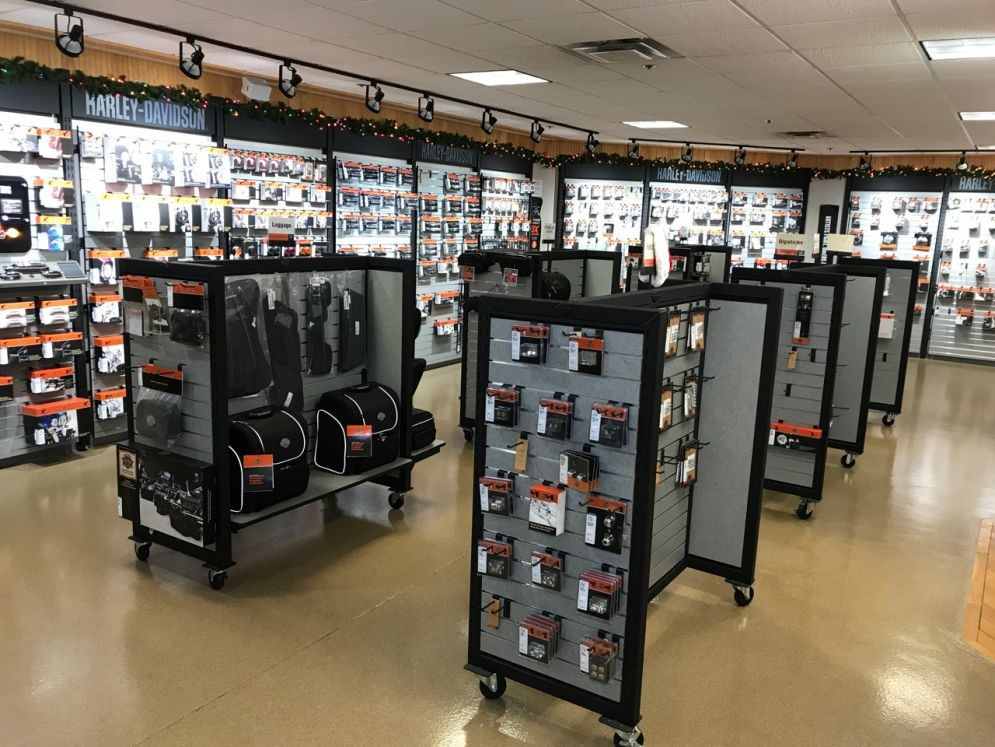Understanding Motorcycle Gears: How to Maximize Your Riding Experience
In the realm of motorcycling, understanding the art of gear control is crucial for improving your riding efficiency. Correctly using and recognizing motorcycle equipments can dramatically impact acceleration, fuel, and control effectiveness, changing an average trip into a smooth, exhilarating trip.
Comprehending Equipment Mechanics
How do the complexities of gear auto mechanics influence motorcycle performance? At the core of motorcycle dynamics, gear mechanics play a pivotal role in converting engine power into activity, inevitably dictating rate and control. Gears, meticulously crafted parts, permit cyclists to maximize torque and rate, making sure a seamless transition through different surfaces and rates. The equipment ratios, carefully designed, determine the connection between engine revolutions and wheel turns, impacting velocity and gas effectiveness.
Recognizing gear technicians begins with acknowledging the importance of the gearbox, which houses multiple equipments of differing dimensions. These gears engage through a process recognized as meshing, where teeth of different gears involve to send power.
Furthermore, the principle of equipment shifting is important to taking full advantage of efficiency. Timely and smooth changes make certain that the engine runs within its optimal power band, protecting against unneeded strain and improving durability (motocross parts nz). By understanding these mechanical intricacies, bikers can achieve an unified mix of power, control, and performance, raising their riding experience
Timing Your Shifts
Shift timing proficiency is essential for enhancing motorbike performance and enhancing the riding experience. Appropriately timed changes make certain that the engine runs within its optimum power band, which is important for maintaining control, accomplishing smooth velocity, and ensuring the longevity of the bike. Cyclists should establish an user-friendly feeling of when to shift gears, which involves understanding the connection in between engine revolutions per minute (RPM) and rate.
To grasp shift timing, pay attention to the engine's audio and really feel, as these provide essential ideas concerning when to alter equipments. The optimal change point normally happens when the engine comes close to the top variety of its power band without getting to the redline. Shifting prematurely can result in a lack of power, while moving far too late might create unnecessary engine pressure
In addition, roadway conditions and riding design influence change timing. In comparison, during freeway riding, less shifts at greater speeds can be more suitable.
Enhancing Gas Efficiency
While grasping bike equipments is essential for performance, improving gas performance is just as vital for both ecological and economic reasons. Ideal fuel consumption not just decreases operational costs but additionally minimizes the environmental impact of riding. To achieve this, one should comprehend the complex partnership in between equipment option and engine performance.
Riding in a greater equipment at reduced speeds can lead to engine lugging, which is detrimental to both fuel economy and engine wellness. Alternatively, riding in reduced gears at high speeds results in unneeded gas consumption.
Additionally, normal upkeep plays a critical role in fuel performance. Making sure that the motorbike is well-tuned, with clean air filters and properly blew up tires, can minimize and improve aerodynamics gas waste. Additionally, taking on a riding design that embraces steady acceleration and smooth deceleration can add to much better gas economic climate.

Methods for Smooth Transitions
Accomplishing smooth equipment shifts is fundamental to boosting the riding experience and making sure the longevity of a motorbike's transmission system. Correct gear changing not only adds to a seamless adventure however additionally reduces damage on the mechanical components. To grasp the art of smooth changes, riders need to focus on a few vital techniques.

Secondly, clutch control plays a critical function. Involving try these out and disengaging the clutch efficiently calls for method. The clutch bar need to be launched progressively, enabling a seamless transfer of power from the engine to the wheels without causing a jolt or abrupt movement.

Adjusting to Road Problems
Browsing varied road conditions is a crucial skill for any kind of motorcyclist intending to preserve control and safety. Whether you're riding on damp surface areas, gravel roads, or browsing doglegs, your ability to adjust your equipment usage and riding technique is extremely important. Recognizing exactly how to adjust your equipments suitably can substantially impact grip and security, guaranteeing a safer trip.
On wet roadways, it is a good idea to preserve greater gears to reduce torque and decrease wheel spin. This technique helps keep hold on slippery surface areas, permitting smoother velocity and deceleration. In comparison, when riding on gravel or irregular terrain, reduced gears are better. Reduced gears give better control and permit you to respond even more swiftly to unanticipated changes in the roadway surface.
Sharp contours demand exact gear administration to stabilize speed and control. Downshifting prior to getting in a curve can assist keep momentum while guaranteeing best helmet for hot weather the bike remains stable throughout the turn. Consistent technique in different conditions improves your capacity to predict and respond to adjustments in road structure and incline.
Verdict
Grasping motorcycle gears significantly enhances the riding experience by improving velocity, gas, and control effectiveness. Adapting gear option to numerous roadway conditions, such as using higher equipments on wet surfaces and reduced equipments on gravel, further boosts handling and security.
Comprehending gear technicians starts with acknowledging the significance of the transmission, which houses several gears of differing sizes. These gears connect with a process recognized as meshing, where teeth of various gears involve to transfer power (motorbike shop). Gentle adjustments to the throttle throughout gear changes can avoid jerky activities and preserve a regular riding speed
Whether you're riding on damp surfaces, crushed rock roads, or browsing sharp turns, your capability to adjust your gear usage and riding strategy is critical. Adapting gear option to various roadway problems, such as making use of higher equipments on wet surface areas and lower equipments on gravel, additional boosts handling and security.